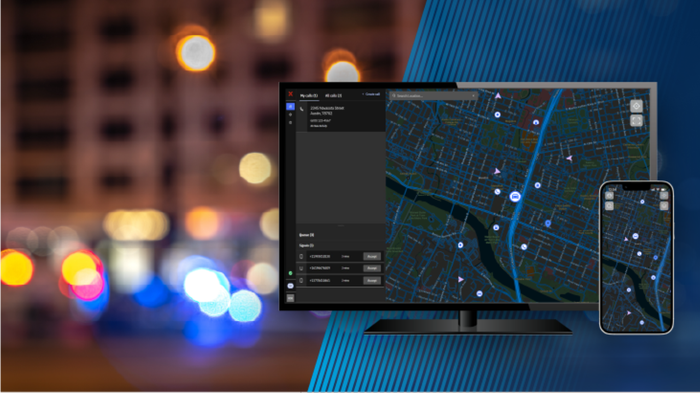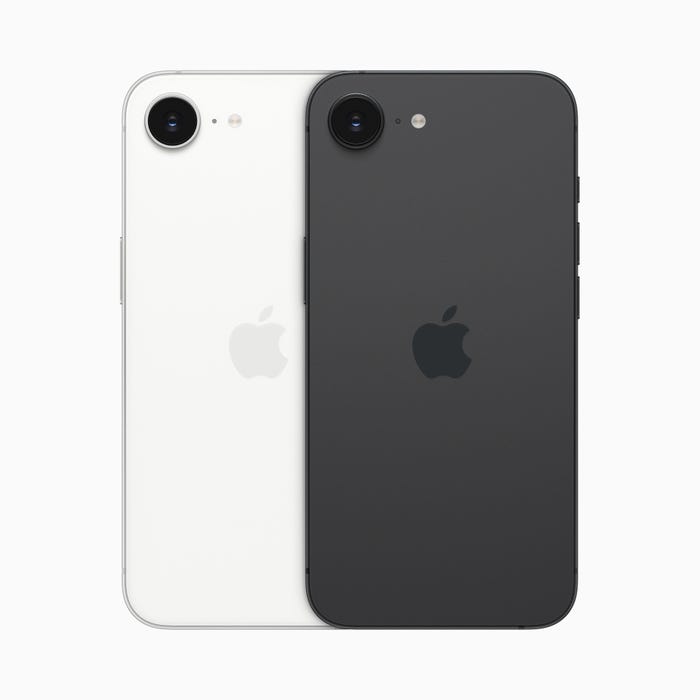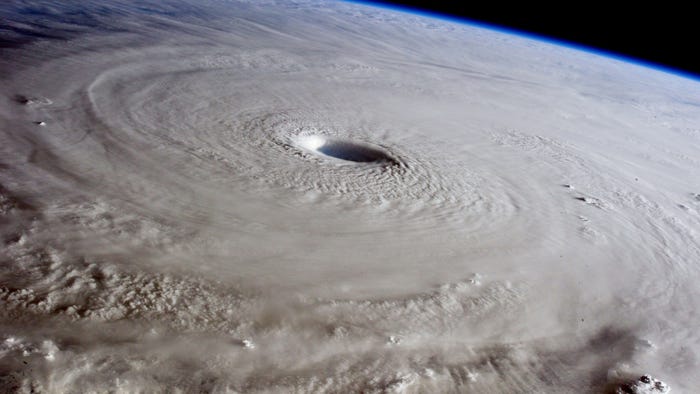T-Mobile formally launches T-Priority for first responders, powered by 5G network-slicing technologyT-Mobile formally launches T-Priority for first responders, powered by 5G network-slicing technology
T-Mobile formally launched its T-Priority offering for first responders, which is designed to ensure that first responders have the connectivity and data throughput they need—even during times of significant network congestion—by leveraging the first commercially available 5G network-slicing service.

T-Mobile formally launched its T-Priority offering for first responders, which is designed to ensure that first responders have the connectivity and data throughput they need—even during times of significant network congestion—by leveraging the first commercially available 5G network-slicing service.
Callie Field, president of T-Mobile Business Group, described her perspective about the significance of T-Priority—first announced last September—during the carrier’s launch event conducted last week in New York City.
“T-Priority is one of those groundbreaking 5G solutions that the world has been waiting for,” Field said during the launch event. “It features the nation’s first network slice for first responders and brings agencies of all sizes the most capacity, the fastest speed and the very best coverage.
“It’s the ultimate priority on the ultimate network, because nothing—nothing—should be a higher priority than keeping our first responders connected when it matters most.”
Field said that T-Mobile is positioned well to address first responders’ primary communications challenges, citing the carrier’s 5G capacity and network-slicing functionality, which is enabled by the implementation of a 5G standalone (SA) network core.
“We already have 40% more 5G capacity than our competitors,” Field said. “Then we augment that with our T-Priority slice.
“Think of the slice like a traffic cop. It’s always directing network traffic to give first responders the best possible experience, with up to five times the network resources of the average user. And, in a truly rare situation, it can dedicate nearly our entire 5G network effectively to critical communication, maintaining a minimum service level for first responders.”
These network capabilities helped T-Mobile win a valuable contract with the City of New York, according to Field.
“The city of New York named T-Mobile the single carrier for their agencies, which include the largest public-safety departments in the country, with over 40,000 first responders,” she said. “And it’s no surprise, because a recent third-party report shows that T-Priority is the best overall network experience in New York City.”
Matt Fraser, New York City’s chief technology officer, said choosing T-Mobile required a change in mindset among city administrators under the leadership of Mayor Eric Adams.
“Making a decision to depart from the way that you’ve always done business isn’t an easy one, and it’s one that we have to have legs to stand on,” Fraser said during the launch event. “Seconds matter and connectivity matters, and if we put our first responders in a place where they don’t have access [to communications], that can be the difference between life and death, particularly in a place like New York City.”
Fraser explained the process that New York City officials took in selecting T-Mobile, a carrier that historically had not been considered by city during procurements.
“We brought all of the providers to the table and said, ‘What can you do to help us solve this problem, without sacrificing any quality?’” Fraser said. “What we found during that exercise is that the network that we hadn’t looked at seriously … over the last couple of years, had become one of the most significant networks—not just domestically but globally … And it was the most capable.
“More important than that, it came at a price that didn’t cripple the city at a time that we had to shelter over 200,000 people that had come here for sanctuary.”
By choosing T-Mobile, city officials believe that New York City first responders will have top-level connectivity and that taxpayers’ money is being spent responsibly, according to Fraser.
“Today, the deal we talk about with T-Mobile isn’t a deal just about connectivity and not just about supporting first responders, but it’s a deal that looks at the economics of the city and making sure that we’re strong,” Fraser said. “This deal that we’ve done is going to provide our first responders with the highest quality of access, without sacrificing on cost. And it’s going to return over $10 million back into the city.”
“What’s more important than that is that we’re going to use this to provide the same discounts that we pay as a government to our city employees, which will bring tens of millions of dollars back into city employees’ households. So, for us, it’s more than just connectivity. It’s more than just access. It’s doing things that are smart that not just helps us but helps the people that we serve.”
Elsewhere in the U.S., new and existing first responders—including volunteer personnel—on the Go5G First Responder plan can access the T-Priority network slice by signing up through the T-Life app, according to a T-Mobile press release about the announcement. Accessing the T-Priority network slice will be free to these customers “for a limited time,” the press release states.
Jon Freier, president of the T-Mobile Consumer Group, said that subscribers to T-Mobile’s new Essentials First Responder plan can access the T-Priority network slice by paying $7.50 per month and noted the importance of the T-Priority capability.
“When it matters most, first responders should be first in line,” Freier said during the launch event.
Finally, T-Mobile announced key partners that have committed to ensuring that their products and services will operate effectively on the T-Priority network slice. T-Mobile’s press release highlights six ecosystem partners in the following manner:
“Samsung: Delivering ruggedized, AI-enabled devices and in-vehicle-computer replacement solutions powered by the T-Priority slice;
“Skydio: Equipping drones with T-Priority for Drone as First Responder (DFR) programs and public-safety applications;
“Getac: Enabling ruggedized laptops through the T-Priority slice for critical field operations;
“Rescue 42: Bringing deployables onto the slice;
“3AM Innovations: Powering real-time firefighter tracking and AI-assisted situational awareness with 5G SA; and
“Siyata: Introducing the SD7 ULTRA, the first land-mobile-radio (LMR) replacement in the U.S. with mission-critical push-to-talk [MCPTT] on 5G SA.”
While T-Mobile garnered significant attention with its T-Priority launch event, Verizon Frontline issued a statement that first responders could have another 5G network-slicing option in the future.
“For well over a year, we've been working in close collaboration with public safety agencies and first responders in cities across the country to rigorously test and refine our network slicing technology and expect to make our Verizon Frontline slice commercially available soon,” according to the Verizon Frontline statement provided to Urgent Communications.





